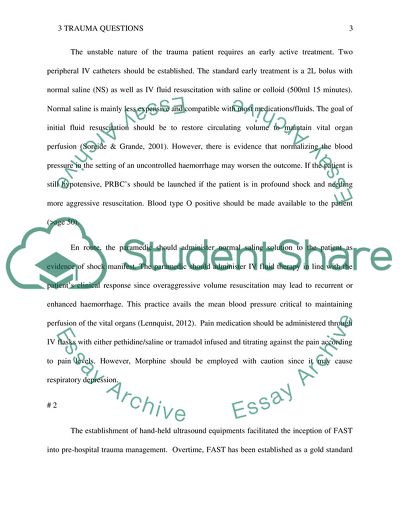Cite this document
(3 trauma questions Essay Example | Topics and Well Written Essays - 1500 words, n.d.)
3 trauma questions Essay Example | Topics and Well Written Essays - 1500 words. Retrieved from https://studentshare.org/health-sciences-medicine/1783644-3-trauma-questions
3 trauma questions Essay Example | Topics and Well Written Essays - 1500 words. Retrieved from https://studentshare.org/health-sciences-medicine/1783644-3-trauma-questions
(3 Trauma Questions Essay Example | Topics and Well Written Essays - 1500 Words)
3 Trauma Questions Essay Example | Topics and Well Written Essays - 1500 Words. https://studentshare.org/health-sciences-medicine/1783644-3-trauma-questions.
3 Trauma Questions Essay Example | Topics and Well Written Essays - 1500 Words. https://studentshare.org/health-sciences-medicine/1783644-3-trauma-questions.
“3 Trauma Questions Essay Example | Topics and Well Written Essays - 1500 Words”. https://studentshare.org/health-sciences-medicine/1783644-3-trauma-questions.


